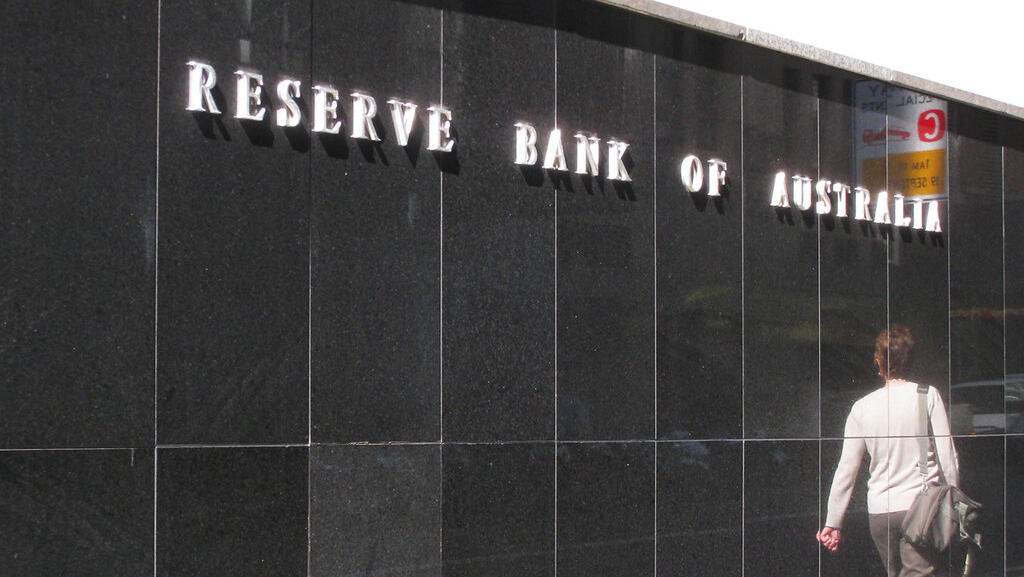The Reserve Bank of Australia clarified its surprise decision to hold the cash rate steady at its July meeting. Meeting minutes released Tuesday indicated the move was driven by a stronger-than-expected labour market and ongoing global uncertainty.
Despite this pause, the central bank signalled that rate cuts remained on the horizon.
The board voted 6-3 to hold the cash rate at 3.85%, defying market expectations and forecasts from most analysts who had anticipated a reduction.
According to the minutes, while monthly inflation has returned to the RBA’s target range, the bank opted to wait for more confirmation that price growth is sustainably under control.
At the time of the meeting, the RBA was working with May’s unemployment figure of 4.1%, which reflected a tight labour market and firming wages. “The labour market was assessed to have remained tight, with measures of labour utilisation little changed over the prior year,” the minutes said.
However, the board was not yet aware of the June unemployment data, which showed a surprise uptick to 4.3%, with 34,000 Australians losing their jobs.
Despite holding rates steady, the minutes made clear that the board sees the path for rates as downwards. “All members agreed that, based on the information currently available, the outlook was for underlying inflation to decline further in year-ended terms, warranting some additional reduction in interest rates over time,” the minutes noted.
“The focus at this meeting was on the appropriate timing and extent of further easing, against the backdrop of heightened uncertainty.”
Members discussed whether markets had become complacent or whether earlier pessimism had been overdone. “There had been minimal immediate reaction in yields to the passage in the U.S. Congress of the Administration’s One Big Beautiful Bill Act of 2025,” the minutes said.
“Nonetheless, the prospect of the passage of the legislation had contributed to growing concerns over sizeable fiscal deficits in future.”
The RBA also acknowledged the impact of international trade dynamics. “Market conditions appeared to reflect an expectation that the most extreme outcomes for U.S. tariffs were likely to be avoided,” it said. Still, “the final scope of tariffs and policy responses in other countries remained unknown.”
On currency dynamics, the board noted that “the decline in yield differentials between Australia and the rest of the world since the turn of the year had placed downward pressure on the Australian dollar, but this had been offset by the broad-based depreciation of the U.S. dollar from the historical highs reached in 2024.”
Regarding the U.S. economy, the RBA said household consumption and business activity remained resilient despite tariffs, though “the central case remained for U.S. inflation to increase and output growth to slow in the second half of 2025”.
In weighing their options, the board acknowledged a divergence of views. The majority favoured holding steady, arguing that a third cut in four meetings would not align with the bank’s gradual easing strategy.
“They judged that some data had been slightly stronger than expected... [and] it would be prudent to wait for confirmation that inflation would sustainably return to target as forecast.”
However, a minority argued for an immediate cut, concerned about global weakness and slowing GDP. “These members placed more weight on downside risks... [and] considered that easing policy at this meeting would be consistent with the Board’s strategy.”
The minutes concluded with an agreement to enhance transparency. “Members agreed that the effectiveness of the Board’s communication would be strengthened by disclosing an unattributed record of votes at this and future meetings.”
Though the RBA refrained from cutting rates in July, the messaging was clear: further easing is likely, and the debate now centres on the appropriate timing.



